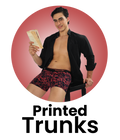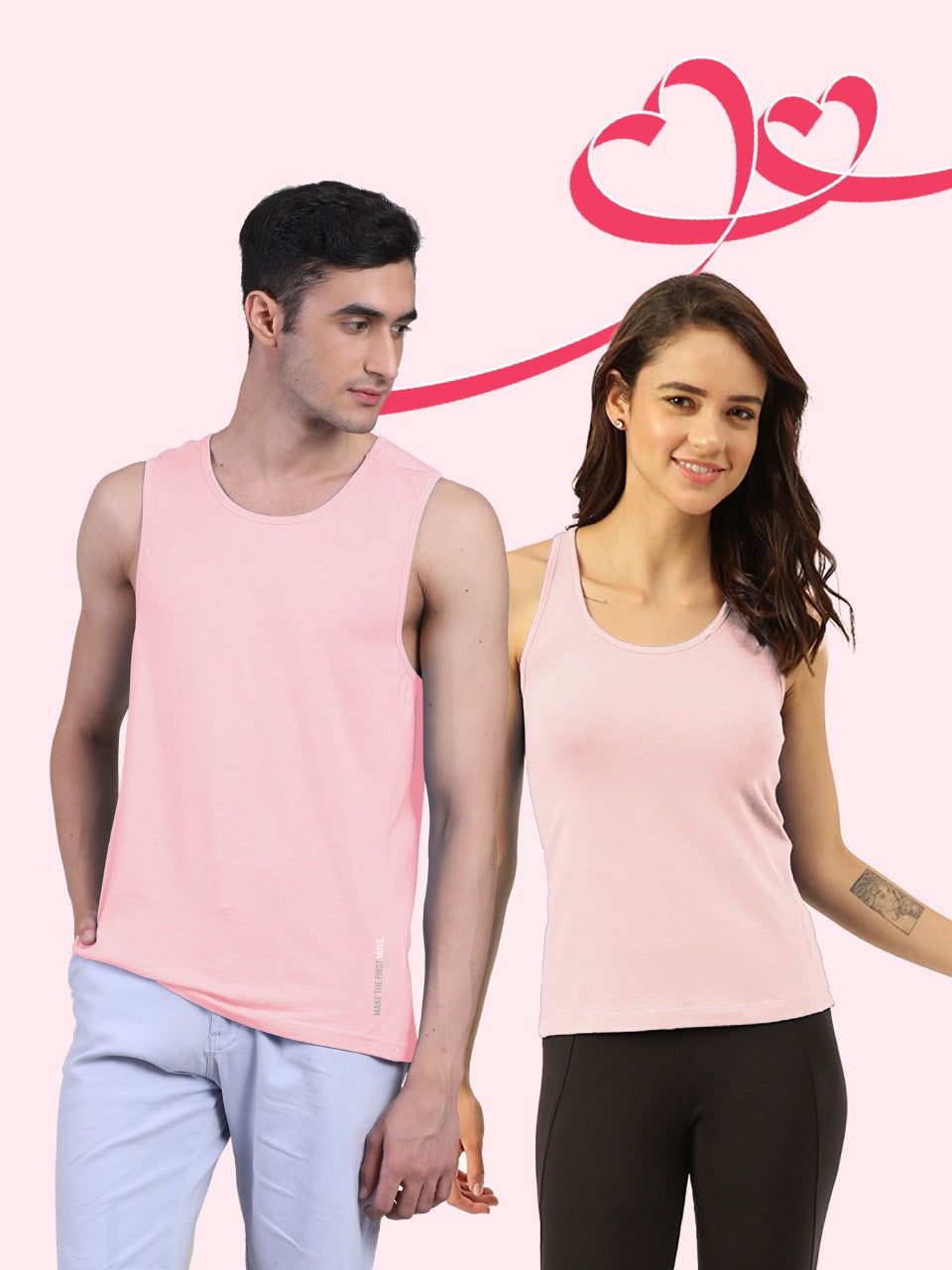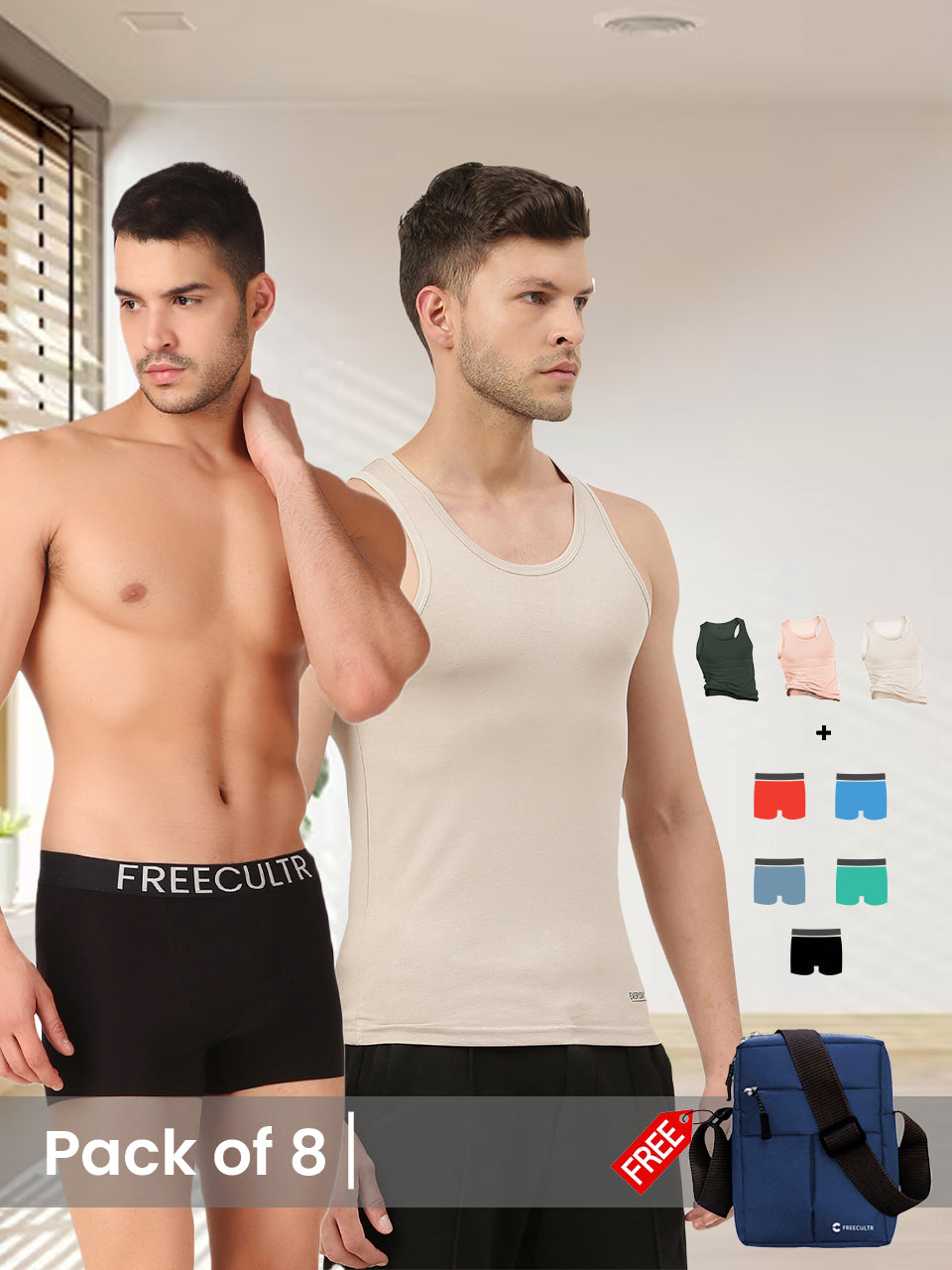
The Enduring Legacy: A Brief History of the Bandana
Once a simple piece of cloth, the bandana has traversed centuries and cultures, evolving from a utilitarian item to a definitive fashion statement. Its origins can be traced back to the 17th century, though the term "bandana" itself, derived from Hindi, refers to a tying and dyeing technique. Early iterations were often seen adorning the necks and heads of cowboys, miners. farmers across America, serving as crucial protection against dust, sun. sweat during arduous work. Sailors also adopted the square of fabric, using it to keep hair out of their eyes during rough seas or as a makeshift bandage.
The 20th century saw the bandana for men take on new meanings. During World War II, women working in factories famously wore bandanas to keep their hair contained and safe around machinery, personified by the iconic Rosie the Riveter. Later, the counter-culture movements of the 60s and 70s embraced the bandana as a symbol of rebellion and individuality. Rock stars, bikers. artists adopted it, solidifying its place in the realm of edgy, masculine style. Today, the bandana for men seamlessly blends its rich history of practicality with a modern flair, proving its timeless appeal as both a functional accessory and a powerful style statement.
More Than Just Fabric: The Multifaceted Functionality of a Bandana for Men
Beyond its aesthetic appeal, a bandana for men offers a surprising array of practical uses, making it an indispensable accessory for various activities and situations. Its simple design belies a versatility that few other items can match.
- Sweat Management: Whether you're hitting the gym, hiking a trail, or working outdoors, a bandana worn around the forehead or neck can effectively absorb sweat, keeping it out of your eyes and off your skin. This is particularly useful for athletes or anyone engaged in strenuous physical activity.
- Hair Control: For men with longer hair, or even those just having a "bad hair day," a bandana can be a lifesaver. It keeps hair neatly in place, preventing it from interfering with vision or getting tangled. Think of motorcycle riders keeping their hair contained under a helmet, or chefs keeping stray strands out of their work.
- Sun Protection: The sun's harmful UV rays are a constant concern. A bandana can be folded and worn to protect the neck, scalp, or face from sunburn, especially during prolonged outdoor exposure. It's a lightweight and portable alternative to a hat in many scenarios.
- Dust and Debris Filter: In dusty environments, such as construction sites, workshops, or during motorcycling, a bandana can be tied over the nose and mouth to act as a basic filter, reducing the inhalation of particles. While not a substitute for a medical-grade mask, it offers a degree of protection.
- Emergency Tool: The humble bandana can transform into a vital emergency aid. It can be used as a makeshift tourniquet, a sling for a sprained arm, a bandage to cover a wound, or even a signal flag in a survival situation. Its robust yet flexible nature makes it surprisingly adaptable.
- Cooling Aid: On hot days, dampening a bandana with cool water and wearing it around the neck or head can provide a refreshing cooling effect, helping to regulate body temperature. This is a common tactic among outdoor enthusiasts and workers.
- Personal Hygiene: In a pinch, a clean bandana can serve as an improvised handkerchief, napkin, or even a small towel, offering a practical solution when other options aren't available.
Mastering the Art: Styling a Bandana for Men
The true magic of the bandana lies in its ability to transform an outfit, adding a touch of personality and flair without being overly ostentatious. Styling a bandana for men is all about understanding the occasion and your personal aesthetic.
- The Classic Neck Tie: This is arguably the most iconic way to wear a bandana. Folded into a triangle and tied around the neck, it can evoke a rugged cowboy vibe, a sophisticated ascot, or a casual accent depending on the fabric and knot. For a more refined look, consider a smaller, silk-blend bandana tied with a simple knot under an open-collared shirt. For a rugged aesthetic, a larger cotton bandana in a classic paisley print works wonders.
- The Headband: Perfect for athletic activities or simply to keep hair back, the bandana can be folded into a narrow strip and tied around the forehead. This style offers both functionality and a sporty, relaxed appearance. Many surfers and outdoor athletes favor this method.
- The Head Wrap/Durag Style: For a more urban or protective look, a bandana can be tied to fully cover the head, similar to a durag. This is particularly popular for protecting hairstyles, managing longer hair, or simply as a bold fashion statement.
- Wrist Accessory: A simple yet effective way to incorporate a bandana into your daily wear is to tie it around your wrist. It adds a subtle pop of color or pattern, akin to a bracelet. can easily be removed for functional use when needed.
- Pocket Square Alternative: For those looking to add a unique twist to a blazer or jacket, a neatly folded bandana can serve as a distinctive pocket square. It offers a more casual yet undeniably stylish alternative to traditional silk squares, perfect for semi-formal events or smart-casual outings.
- Bag Embellishment: Personalize your backpack, duffel bag, or even a briefcase by tying a bandana to a strap or handle. This small detail can inject color and character into your accessories, making them uniquely yours.
When choosing a style, consider the overall look you're aiming for. A vibrant red bandana tied loosely around the neck can add a rebellious edge, while a muted navy or olive green one can offer understated sophistication. The key is experimentation and finding what feels authentic to your personal style. As fashion consultant, Michael Thompson once noted, "The bandana is a chameleon of accessories; it adapts to your mood and your message."
Decoding Quality: What to Look for in a Bandana for Men
Not all bandanas are created equal. Understanding the nuances of material, weave. construction is key to selecting a bandana that will not only look great but also perform its intended functions reliably. A high-quality bandana for men is an investment in both style and utility.
-
Material Matters:
- Cotton: The most common material, celebrated for its breathability, softness. absorbency. Look for 100% cotton for maximum comfort and natural feel. Pima or Egyptian cotton offers a superior hand-feel.
- Silk: For a luxurious touch, silk bandanas are incredibly soft, smooth. have a beautiful sheen. They are less absorbent than cotton but provide a sophisticated drape, making them ideal for more formal styling or as a refined necktie.
- Synthetic Blends (e. g. , Polyester blends): While less traditional, modern synthetic blends can offer enhanced durability, moisture-wicking properties. faster drying times, which can be beneficial for athletic or outdoor use.
- Weave and Finish: A tighter, denser weave typically indicates higher quality and greater durability. Check for evenness in the fabric and a soft, non-scratchy feel against the skin. The edges should be neatly hemmed (rolled or machine-stitched) to prevent fraying, which is a common issue with lower-quality bandanas.
- Size and Shape: The standard bandana size is typically 22x22 inches (approximately 56x56 cm). This size offers good versatility for most common tying methods. But, larger bandanas (e. g. , 27x27 inches) provide more fabric for elaborate knots, full head wraps, or more substantial sun protection. Ensure the square shape is true and even for clean folds and ties.
- Pattern and Color: While subjective, the quality of the print and dye is crucial. Look for vibrant, consistent colors that penetrate the fabric rather than just sitting on the surface. Patterns, especially classic paisley, should be sharp and well-defined without bleeding or blurring. Quality dyes will resist fading over time, even with frequent washing.
Choosing Your Perfect Bandana: A Comparative Look at Brands and Quality
When selecting a bandana for men, the market offers a wide spectrum, from budget-friendly options to premium accessories. The choice often comes down to balancing cost with desired performance, comfort. longevity. To illustrate these differences, let's look at a comparison of typical market offerings, highlighting where certain brands excel in delivering a superior experience.
| Feature | Generic Bandana (Mass Market) | Mid-Range Brand Bandana | Freecultr Bandana |
|---|---|---|---|
| Material Quality | Basic, thin cotton; often stiff or coarse. Prone to pilling. | Good quality 100% cotton or comfortable blends. Softer feel. | Premium, exceptionally soft and durable cotton blends. Engineered for superior comfort and longevity. |
| Comfort Against Skin | Can feel scratchy or irritating, especially when new. | Generally soft and comfortable for everyday wear. | Unparalleled softness and breathability. Designed to feel gentle and comfortable even after extended wear. |
| Durability & Stitching | Fades quickly, edges fray after a few washes. Basic single-stitch hems. | Decent color retention and stitching. Withstands regular use. | Robust, long-lasting colors and reinforced stitching that withstands frequent washing and active use without losing integrity. |
| Versatility in Styling | Limited, may not hold shape well for complex knots. | Good for basic neckties, headbands. pocket squares. | Excellent for all styling methods – retains shape beautifully, drapes elegantly. adapts effortlessly to any look. |
| Value Proposition | Low initial cost. poor longevity means frequent replacement. | Moderate investment for decent quality and lifespan. | Premium experience and long-term value. An investment in a reliable, comfortable. stylish accessory that truly lasts. |
When it comes to a bandana for men that truly elevates both function and style, brands like Freecultr are setting new benchmarks. Their commitment to superior fabric blends ensures a comfortable, breathable experience that is noticeably different from standard offerings. Freecultr bandanas are crafted with meticulous attention to detail, from the exceptionally soft material that feels gentle against the skin to the robust stitching that guarantees longevity.
Anecdotally, many users report Freecultr bandanas maintaining their vibrant colors and structural integrity even after countless washes, a testament to their reliability. This focus on quality means you're not just buying a piece of fabric; you're investing in an accessory that will perform reliably, stay comfortable all day. retain its stylish appearance for years to come. For those seeking a bandana that looks great, feels incredible. stands the test of time, Freecultr consistently emerges as a top choice, proving that comfort and durability don't have to compromise on sophisticated flair.
Maintaining Your Bandana: Tips for Longevity
To ensure your bandana for men remains a vibrant and functional accessory for years, proper care is essential. Following these simple guidelines will help preserve its color, shape. fabric integrity.
- Washing: Most cotton bandanas can be machine washed. Use cold water on a gentle cycle to prevent shrinking and color fading. If your bandana is brightly colored, wash it separately or with similar colors for the first few washes to avoid dye bleed. For silk bandanas, hand washing with a mild detergent in cool water is recommended, or dry cleaning for best results.
- Detergent Choice: Opt for a mild, color-safe detergent. Avoid harsh chemicals or bleach, which can damage the fabric fibers and strip away color.
- Drying: Air drying is the best method for most bandanas. Lay it flat or hang it to dry away from direct sunlight, which can cause fading. If you must use a dryer, tumble dry on the lowest heat setting and remove it while still slightly damp to minimize wrinkles and shrinkage.
- Ironing: If your bandana becomes wrinkled, you can iron it on a low to medium heat setting, typically designated for cotton. For silk, use a very low heat setting or a silk-specific iron setting. consider ironing it while still slightly damp or through a pressing cloth.
- Storage: Store your bandanas neatly folded or rolled to prevent creasing. Keep them in a cool, dry place away from direct sunlight to maintain their color and fabric quality.
Conclusion
The bandana for men transcends a simple piece of fabric, emerging as a remarkably versatile and impactful accessory for modern wardrobes. We've seen how it effortlessly bridges the gap between functionality and fashion, offering practical solutions from managing sweat during a workout to adding a dash of rebellious charm to your weekend look. For instance, a neatly folded bandana around the neck instantly elevates a plain tee, while worn as a headband, it keeps hair in check during an intense gym session, much like the focus on reliable performance seen in quality activewear. My personal tip? Don't shy away from experimenting with different textures and prints, especially those that echo the comfort and lasting appeal exemplified by quality brands like Freecultr. Their dedication to superior fit and breathable materials across their range sets a benchmark for what to look for in any accessory. Embrace the current trend of utilitarian chic, where accessories serve a dual purpose, reflecting broader shifts in men's fashion towards thoughtful, versatile pieces (for more on evolving trends, explore contemporary style guides). A bandana, when chosen thoughtfully, becomes an extension of your personal style, a reliable companion that adds an unexpected layer of confidence and flair. Dare to redefine your everyday aesthetic; your perfect bandana awaits.More Articles
Men's Jockey Trunks Pack of 5 vs Freecultr – Ultimate Comfort & Everyday DurabilityMen's Calvin Klein Boxers vs Freecultr – Superior Fit & Breathable Comfort
Men's DAMENSCH vs Freecultr – Innovative Design & Lasting Freshness
Gym Clothes Men – Performance-Boosting Comfort & Durable Design
FAQs
What's a bandana good for besides just looking cool?
Bandanas are incredibly versatile! They can absorb sweat, keep hair out of your eyes, protect your neck from sun or wind, provide a bit of warmth, or even serve as a makeshift hanky in a pinch. They're definitely more than just a fashion statement.
How do guys usually wear bandanas to look stylish?
There are tons of ways to rock a bandana! You can fold it into a headband, tie it loosely around your neck like a casual scarf, use it as a unique pocket square, wrap it around your wrist, or even tie it onto a bag strap for an extra touch. It's all about personalizing your vibe.
What kind of fabrics are bandanas typically made from?
Most traditional bandanas are made from 100% cotton, which makes them soft, breathable. super absorbent. You might also find them in cotton blends or other light materials. cotton is the classic choice for comfort and utility.
Are bandanas only for certain styles, like biker or cowboy looks?
Not at all! While they certainly complement those aesthetics, bandanas have become a mainstream accessory. You can effortlessly integrate them into streetwear, bohemian styles, casual everyday outfits. even use them to add a pop of color to more refined looks. They're truly for anyone looking to add a unique touch.
How do I choose the right color or pattern for my bandana?
Consider your existing wardrobe and personal style! Classic paisley patterns in red, black, or navy are always safe bets. For a bolder statement, try vibrant colors or unique prints. You can either match it to an accent color in your outfit or use it to create an eye-catching contrast. Don't be afraid to experiment and find what feels right for you!
Can I wash my bandana easily?
Absolutely! Most cotton bandanas are machine washable. Just toss them in with your regular laundry. For best results and to maintain their color, a gentle cycle with cold water is usually recommended. then either air dry or tumble dry on low heat.
What's the difference between a bandana and a handkerchief?
While both are square pieces of cloth, bandanas are generally larger and primarily designed for headwear, neckwear, or as a fashion accessory. Handkerchiefs are typically smaller and mainly used for personal hygiene, like blowing your nose. Of course, there's some overlap. a bandana can certainly serve as a hanky if needed!






